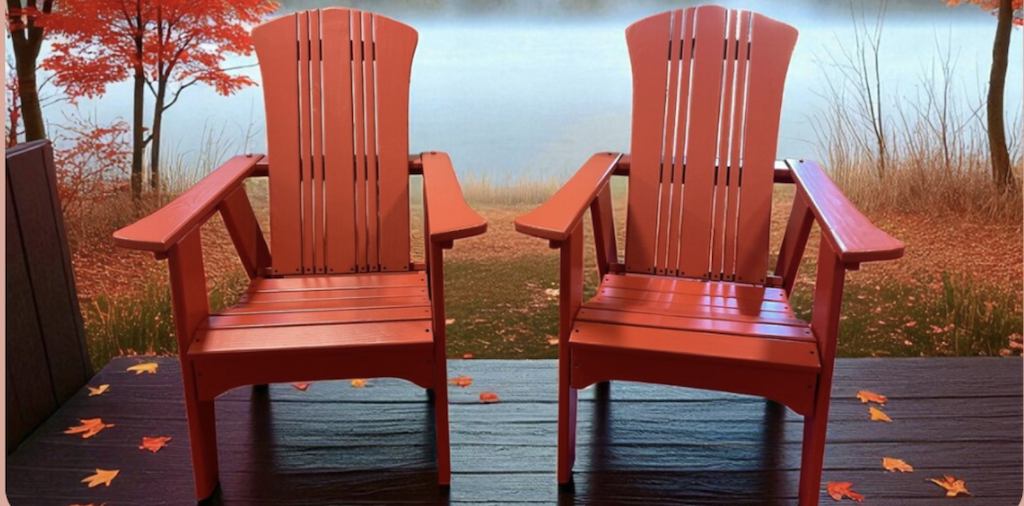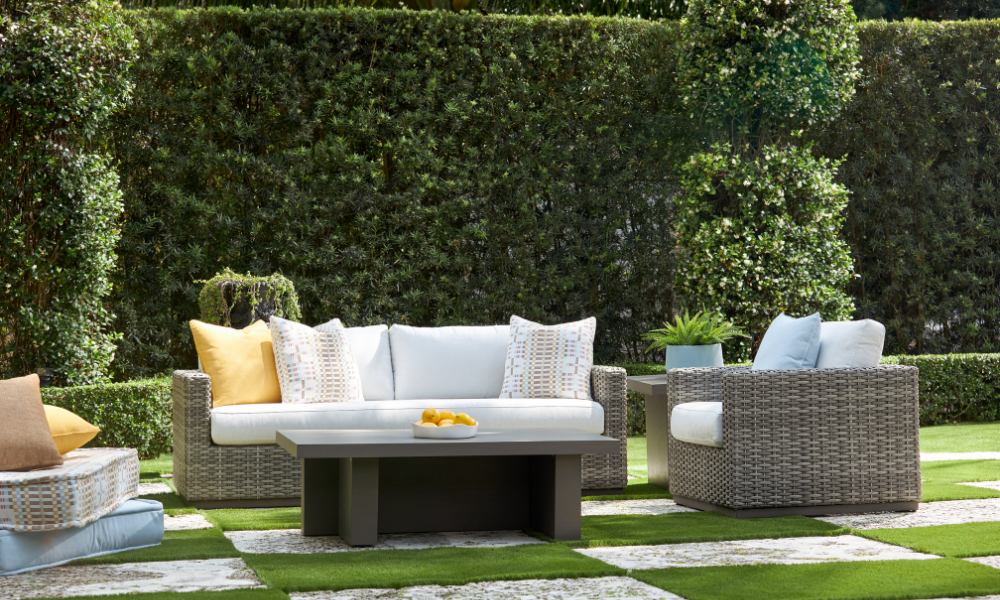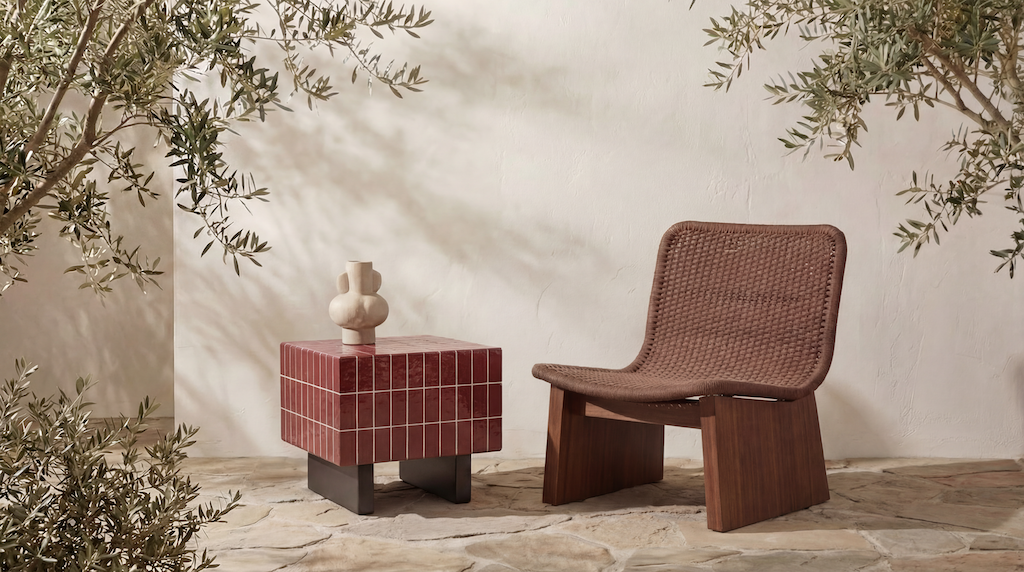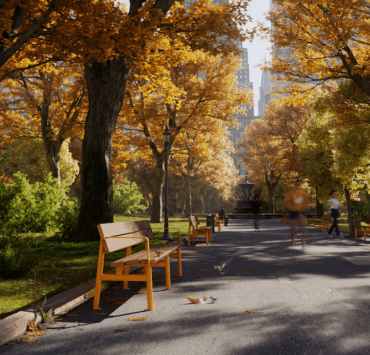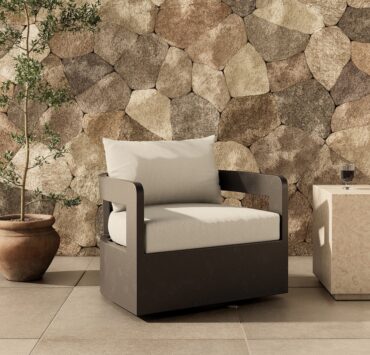HIGH POINT, N.C. — Nostalgia has become a major trend in design and furnishings. High Point Market attendees can learn more about that trend during the session called “Nostalgia Now: Why Memory, Emotion and Story Are Re-shaping Interior Design.” The panel will explore how memory-rich objects, sensory detail and history influence trends and create spaces that are both emotionally resonant and deeply restorative.
The conversation features Jaye Anna Mize, vice president of advisory and partnerships at Future Snoops; Julia Reinert, founder and CEO of The Lifestyle Historian; and Linda Kafka, founder of the NeuroDesign Academy.
The panel supports Future Snoops’ presence at fall High Point Market, where the company is introducing four nostalgia-centered trends as part of a larger shift toward joy and emotional connection in design.
“Nostalgia isn’t a retreat into the past; rather, it’s a tool for shaping the future,” Mize said. “The strongest design trends right now aren’t about following a look, but about creating spaces that spark joy, comfort and familiarity. Nostalgia gives us a design language that’s deeply personal and universally understood.”

Reinert, whose work uncovers the story and meaning behind everyday objects and design styles, bridges science and sentiment with historical and cultural context.
“Understanding and appreciating the history behind objects gives spaces added depth and meaning,” she said. “It helps clients experience their environment in a way that is connected to the past, while bringing insight and perspective to how they live in and shape the spaces around them today and tomorrow.”
Relating to the scientific perspective, neuroscience shows that our brains are highly attuned to experiences that evoke memory and emotion, which is why design that incorporates nostalgia can have such a powerful impact on well-being.
“The brain is wired to respond to how something feels, but also to the story it tells, and nostalgia is one of the most powerful stories we can weave into a space,” Kafka said. “It connects us to memory, meaning and belonging, turning design into something deeply personal and restorative.”
Together, the three perspectives reveal how nostalgia offers designers inspiration as well as practical tools: a way to ask deeper questions of clients, better understand their stories and create spaces that connect across generations.
The session will be held 2-3 p.m. on Oct. 24 in the Suites at Market Square.

